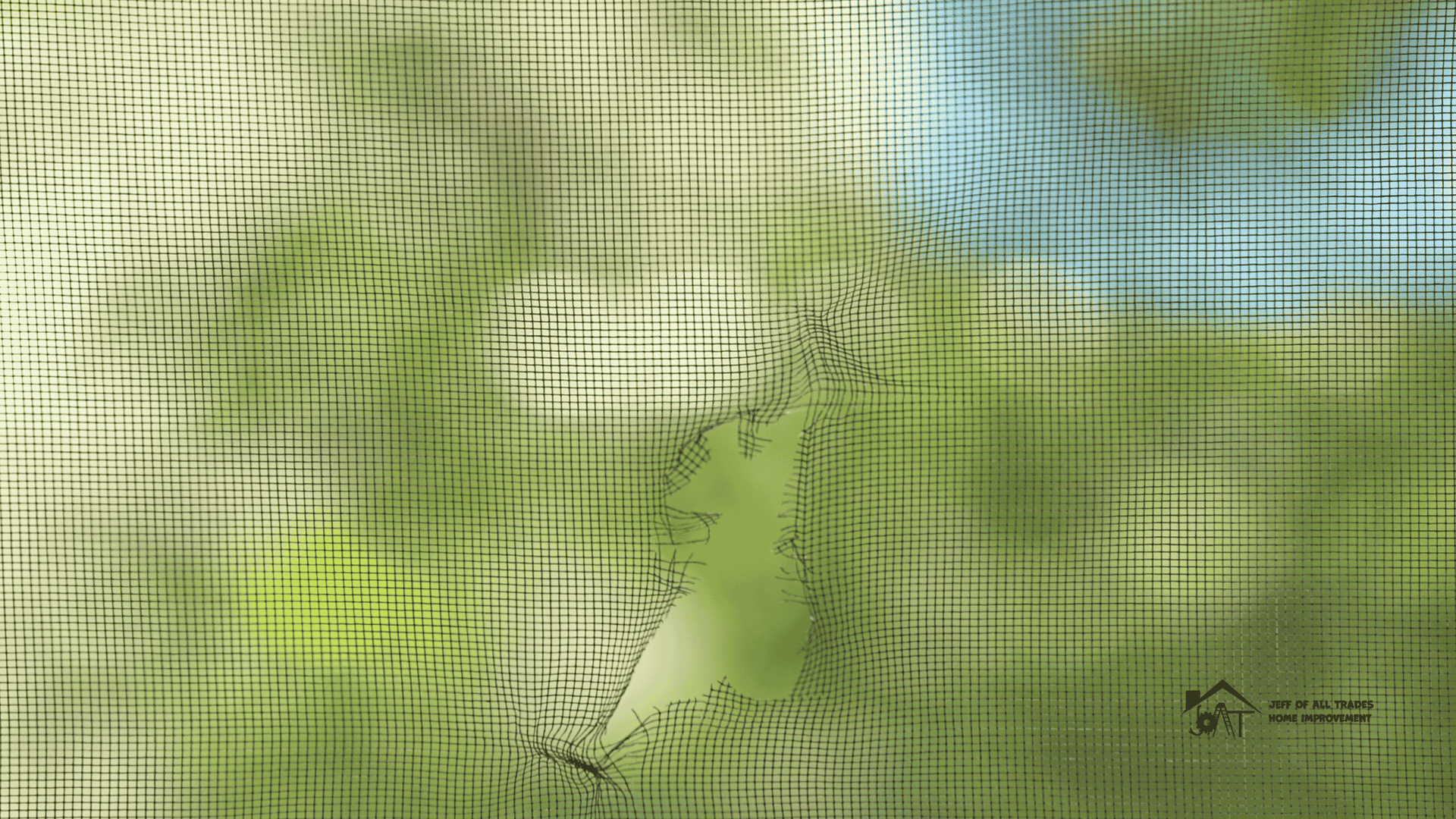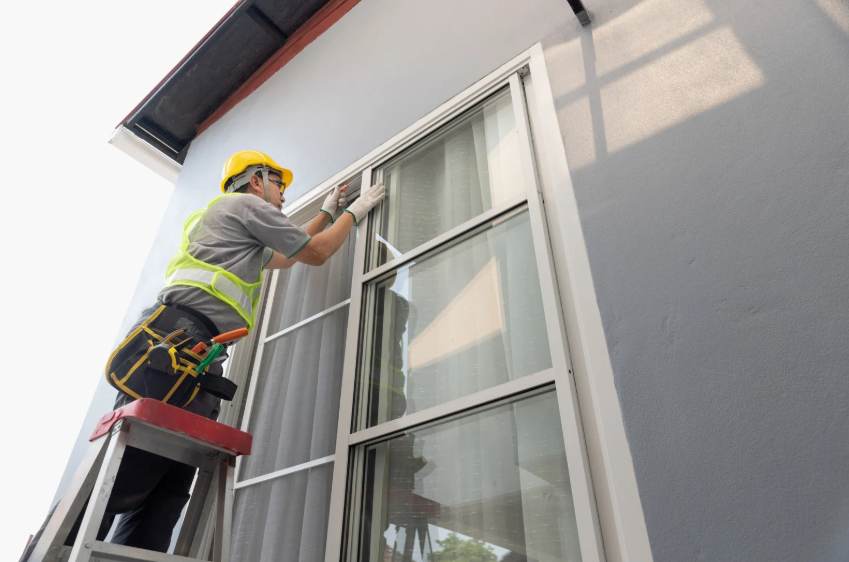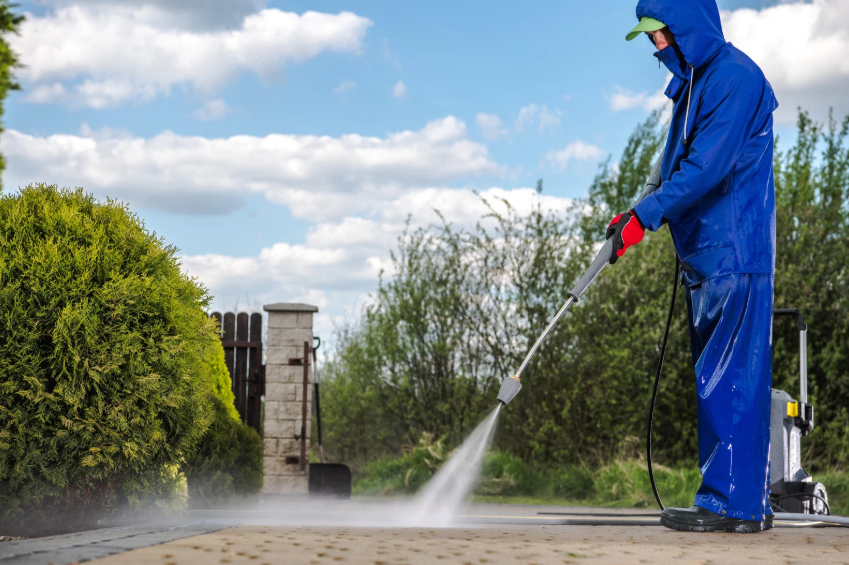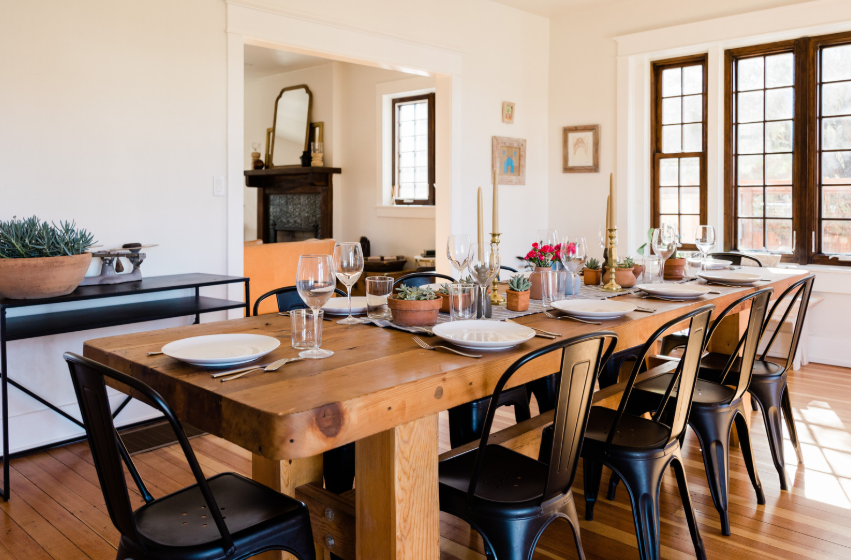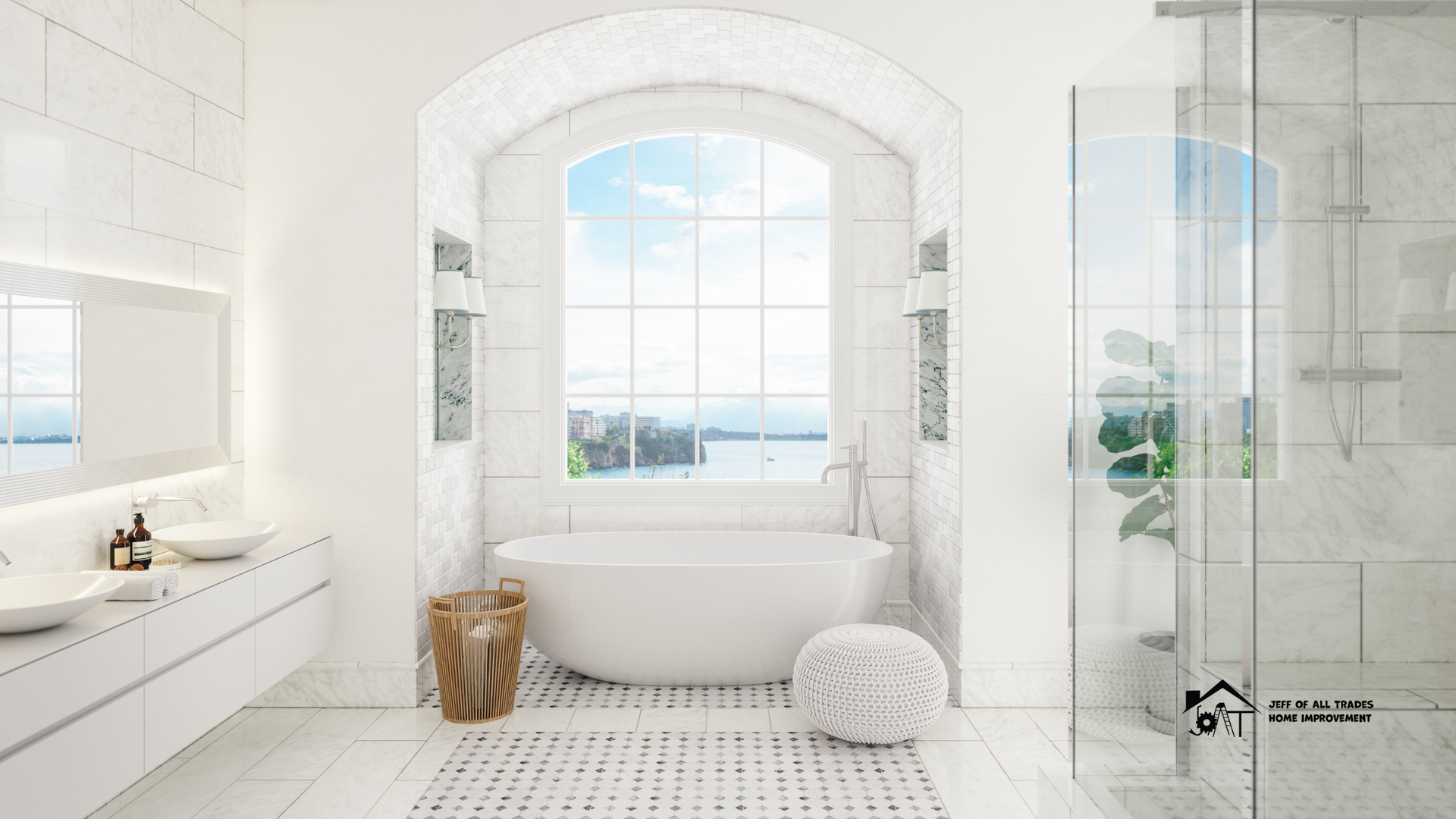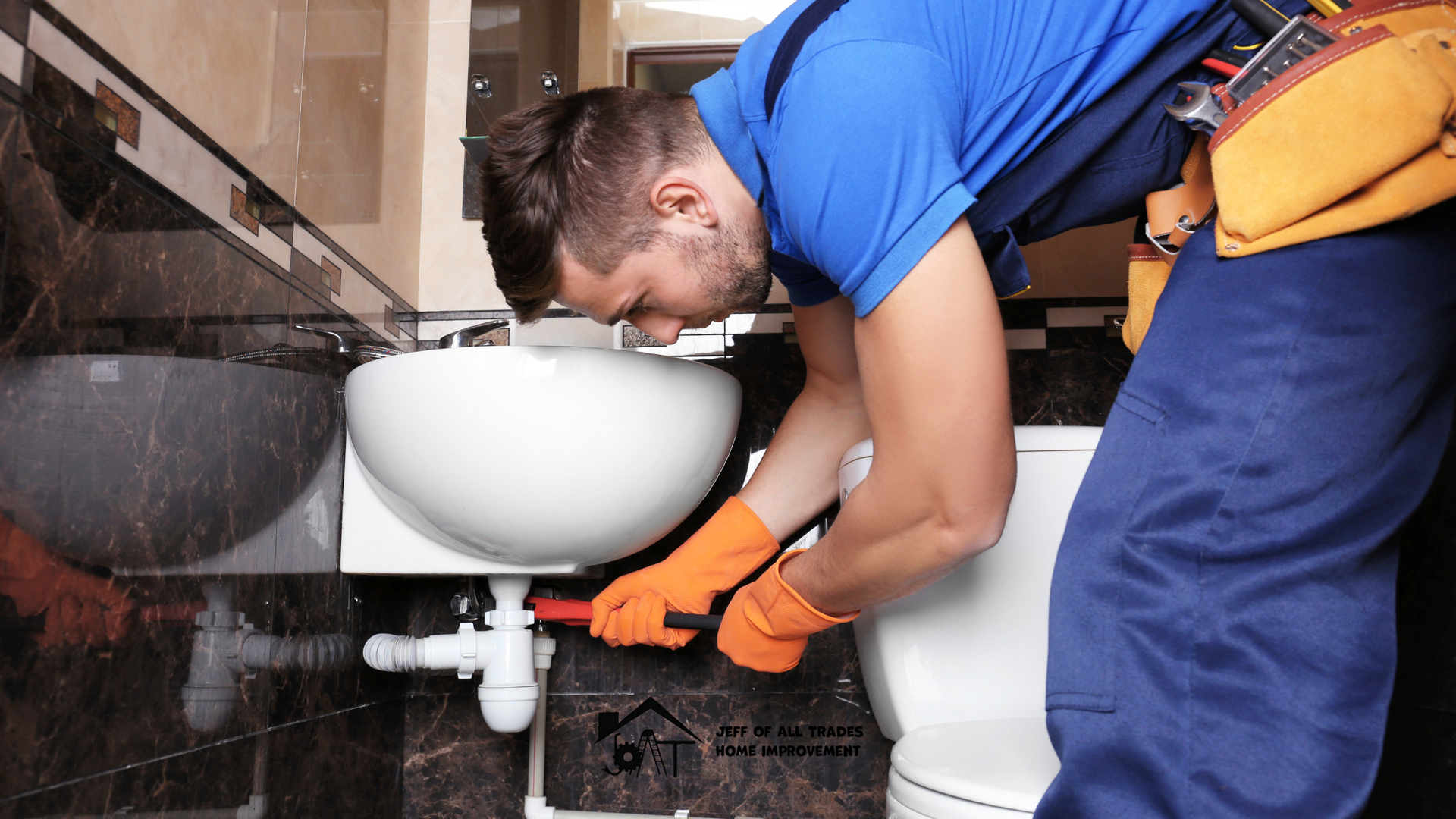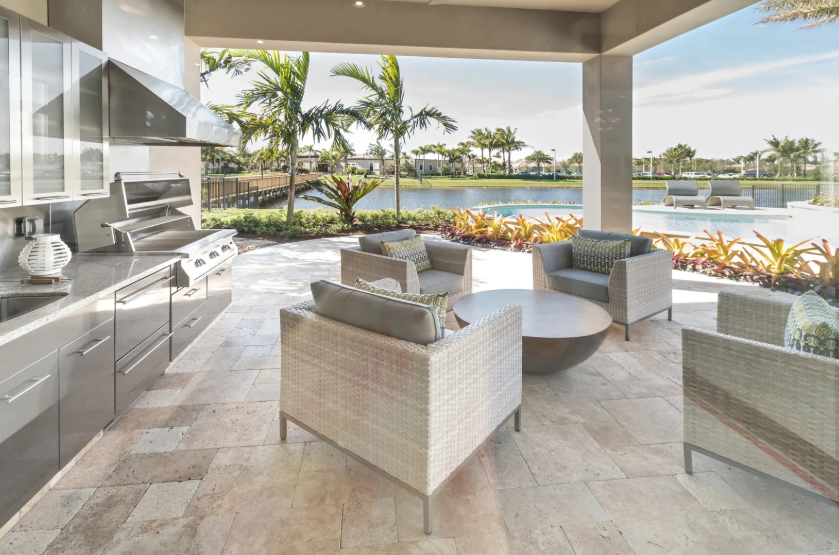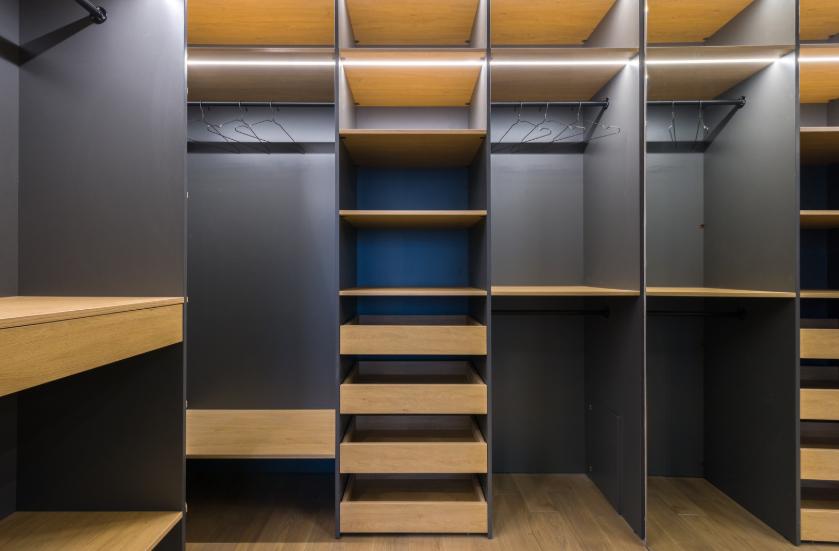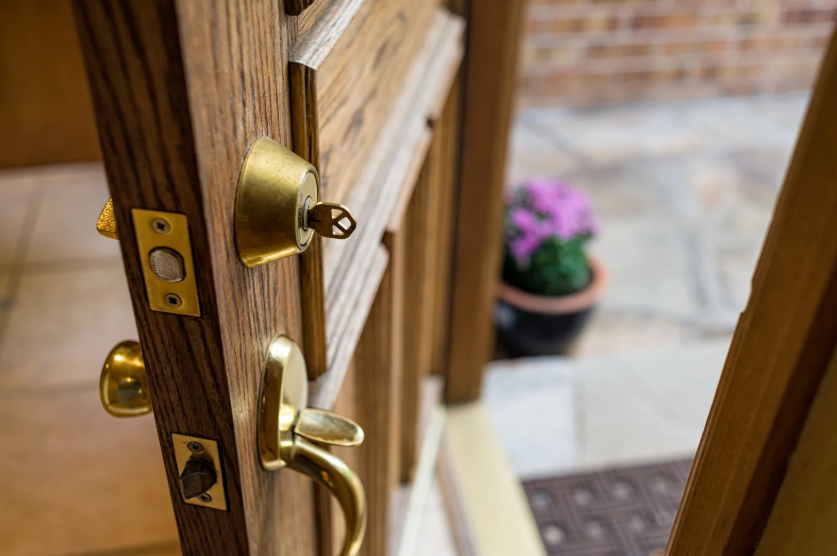Choosing the Right Exterior Paint: Factors to Consider
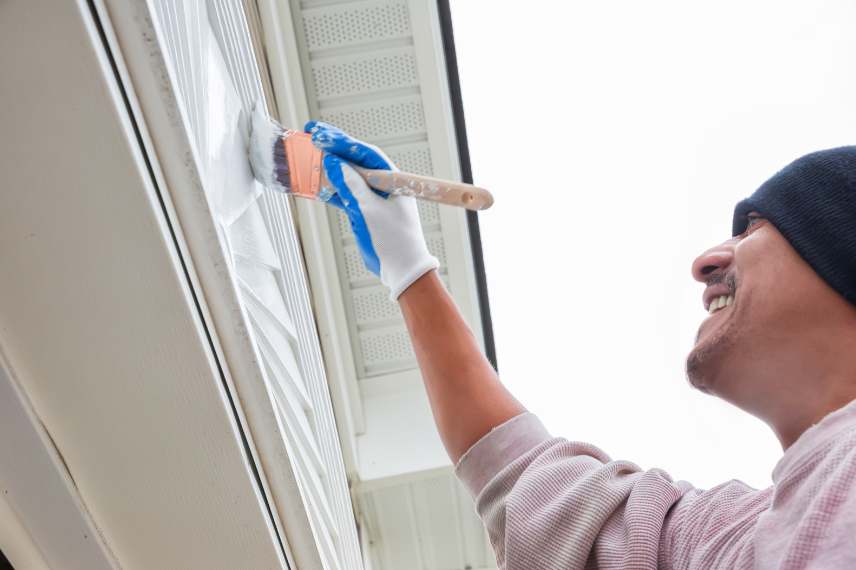
Selecting the right exterior paint for your home can be a challenging yet essential step in ensuring durability, beauty, and value for your property. The variety of paint options available may feel overwhelming. Still, by focusing on a few key factors, you can make the best choice to withstand weather conditions, enhance curb appeal, and reduce maintenance. Whether tackling the project yourself or seeking expert assistance, understanding these considerations will empower you to make a smart, lasting decision. Here's a comprehensive guide to choosing the right exterior paint for your home.
Climate and Weather Conditions
Importance of Climate Compatibility
Your home's exterior paint is its first line of defense against weather. The ideal paint should handle local conditions—rain, humidity, snow, or intense sunlight. For example, opting for moisture-resistant paint in humid or rainy regions will prevent issues like mildew, mold, and bubbling. In areas with significant sun exposure, look for UV-resistant options to avoid premature fading.
Temperature Tolerance
When planning your paint job, consider the ideal temperature range specified by the paint manufacturer. Painting in too hot, cold, or humid conditions can affect how well the paint adheres and dries, potentially leading to cracks or peeling. Jeff's Home Improvement recommends discussing your specific climate needs with a paint professional for the best results.
Surface Preparation and Paint Type
Understanding Your Surface
Different surfaces, such as wood, stucco, and brick, each have specific requirements for paint selection. While wood surfaces need flexible paint to accommodate expansion and contraction, stucco requires breathable paint to release trapped moisture.
Choosing the Right Paint Type
There are two primary types of exterior paints to consider:
-
Latex (Acrylic): Latex paints are versatile, durable, and resistant to fading, making them a popular choice for home exteriors. They dry quickly, are water-based, and have lower VOC emissions, making them environmentally friendly.
-
Oil-Based: Oil-based paints offer a harder, more durable finish, making them great for trim, doors, and high-traffic areas. However, they can yellow over time and require more cleanup, as they're not water-soluble.
Latex paint is generally the preferred choice for most home exteriors due to its durability, ease of application, and compatibility with various surfaces.
Color Selection and Aesthetic Appeal
Matching Your Home's Style
Choosing the right color is one of the most exciting steps, as it significantly impacts your home's curb appeal. Consider colors that complement your home's architectural style, surroundings, and neighborhood. Traditional homes often look best with neutral shades, while modern homes can handle bold, contrasting colors.
Long-Lasting Appeal
While personal preference is important, consider the long-term appeal of your color choice, especially if you plan to sell in the future. Neutral colors—like grays, taupes, and whites—tend to have broad appeal and are unlikely to go out of style.
Using Accent Colors
Accents can be added to doors, shutters, and trim to add dimension and character. Choosing a darker or complementary color for these elements can make your home's exterior pop without overwhelming the design.
Finish and Texture Options
Popular Finishes
The finish, or sheen, of your paint will affect the overall look and durability. Here are some common exterior finishes to consider:
-
Flat/Matte: This finish offers minimal shine and hides surface imperfections, making it a popular choice for older homes with minor exterior flaws.
-
Satin/Eggshell: Satin finishes strike a balance between durability and aesthetics, offering a soft sheen that is easy to clean, making them a solid choice for most siding materials.
-
Semi-Gloss and Gloss: Glossy finishes are highly durable and ideal for high-traffic areas like doors, trim, and shutters. They're easy to clean and offer a sleek, polished appearance but can highlight imperfections.
Texture Compatibility
Some paints also come with texture options, which can add character to the home or help mask minor surface issues. However, textured paints may require additional maintenance and can sometimes be challenging to repaint if you decide to change colors later.
Durability and Longevity
Understanding Paint Quality
While high-quality paint may come with a higher upfront cost, it's often worth the investment as it provides better coverage, durability, and longevity. Quality paint can withstand harsh conditions and maintain its appearance longer, reducing the need for frequent repainting.
Paint Longevity Features
Some exterior paints are specially formulated with features such as fade, crack, and mildew resistance. Additionally, choosing paint with advanced UV protection can prevent colors from fading over time, especially in sun-heavy climates.
For homeowners looking to protect their investment, Jeff's Home Improvement recommends exploring premium-grade paints with built-in protection for maximum lifespan and fewer touch-ups.
Eco-Friendly and Health Considerations
Low-VOC and Zero-VOC Options
Traditional paints contain volatile organic compounds (VOCs) that release harmful fumes during application and can contribute to indoor and outdoor air pollution. Fortunately, many manufacturers now offer low-VOC or zero-VOC paints that are safer for you and the environment. Choosing an eco-friendly option can help improve air quality and create a safer living space.
Reflective Paint Options
Reflective paints are another green option that can improve energy efficiency by reflecting sunlight and reducing heat absorption. This can help keep your home cooler in the summer and reduce energy costs, making it an excellent choice for regions with hot climates.
Budget Considerations
Balancing Cost and Quality
While budget is an important factor, balancing cost and quality is essential. Cheaper paints may seem appealing initially, but they must be replaced more frequently and may not provide adequate protection. On the other hand, premium paint may offer better value over time with superior durability and fewer touch-ups.
Hiring Professionals for Quality Results
Investing in professional home exterior paint services can significantly improve the outcome. Professionals ensure proper surface preparation, even application, and efficient use of materials, giving you long-lasting results. Jeff's Home Improvement offers expert advice and painting services to help you achieve the best results within your budget.
Timing and Maintenance Considerations
Ideal Timing for Exterior Painting
Weather plays a crucial role in determining when to paint the exterior of your home. Spring and early summer or fall are generally considered the best times to paint because of moderate temperatures and humidity. Avoid painting in extreme weather conditions, which can affect drying and adherence.
Maintenance Tips for Longevity
Once you've painted your home, regular maintenance can extend the life of your paint job. Inspect your home's exterior annually, cleaning off any dirt, mold, or mildew to keep it looking fresh. If you notice any peeling or chipping, address these areas promptly to prevent further damage.
Conclusion
Selecting the right exterior paint is essential for protecting your home's structure, maintaining its beauty, and increasing its value. From choosing the appropriate paint type to selecting the right color and finish, every decision plays a role in achieving a successful and lasting paint job. By following these considerations, you'll be well-prepared to enhance your home's curb appeal and enjoy a durable exterior finish.
Whether you need guidance in choosing the right exterior paint or are looking for a professional application, Jeff's Home Improvement offers reliable home exterior paint services to bring your vision to life. Contact us today to learn more about how we can help make your exterior painting project successful!



